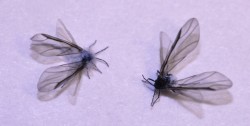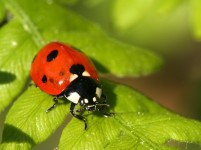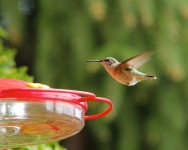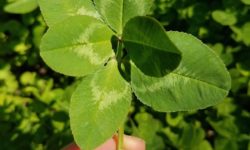As I walked through my garden I noticed a curled leaf on the plum tree. I turned the leaf over and found it covered in aphids. Yikes! As I began to look at other leaves, I found the biggest aphid infestation I had ever seen.
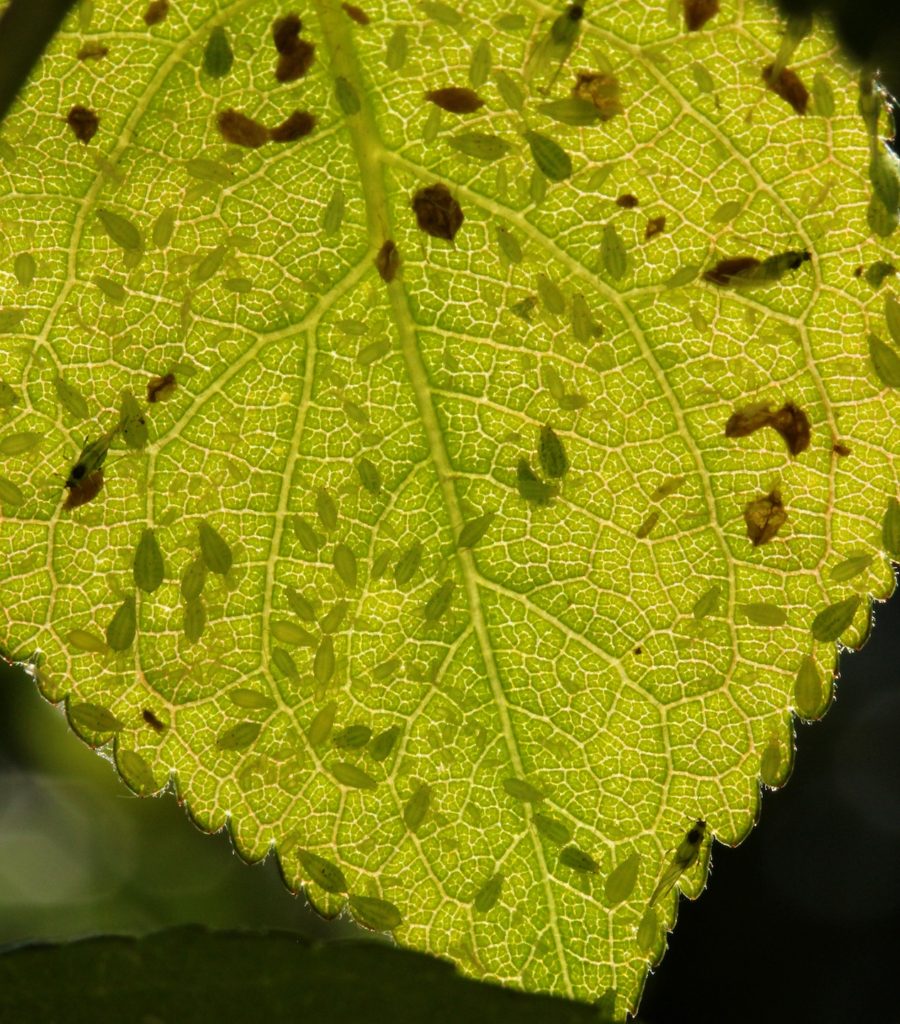
Left alone, aphids can form huge colonies in and out of the garden. They reproduce at an alarming rate. Adult female aphids can give birth to as many as 12 live offspring a day without mating. The young (called nymphs) take seven to ten days to mature and then the females can give birth.
A fascinating trait of female aphids is their ability to conduct “telescoping of generations”. As the daughters are developing in their mother’s body, they are growing their own embryos which are growing their own embryos. Therefore, when a daughter is born she already has embryos developing in her so she is ready to give birth when she matures in seven to ten days.
Being able to reproduce without mating is called parthenogenetic reproduction and it allows aphids to rapidly expand their population.
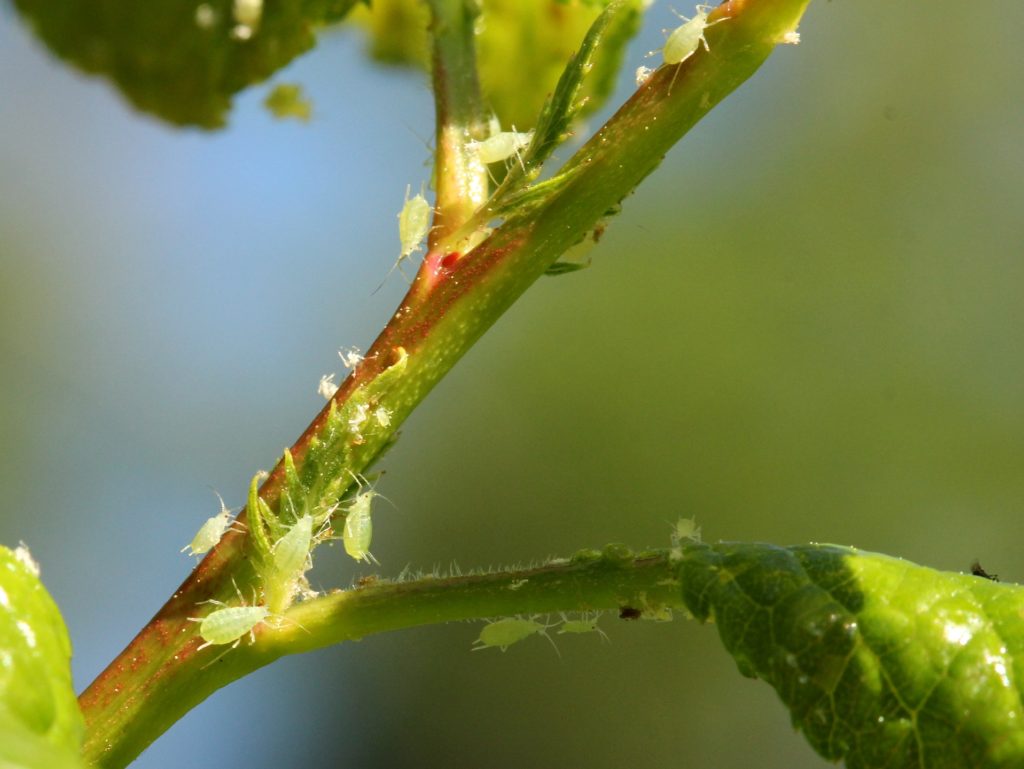
During the summer, wingless females are produced through parthenogenetic reproduction. If conditions become crowded or the plant is deteriorating, then winged females are produced so they can fly to another plant and infest it with live nymphs.
Then when temperatures begin to decrease and day length decreases, the males and females mate and lay eggs. The eggs then overwinter until spring when they start the infestation again.
The tiny green aphids (depending on species they can also be black, pink, yellow, brown or red) target tender new growth since it contains the most nitrogen.
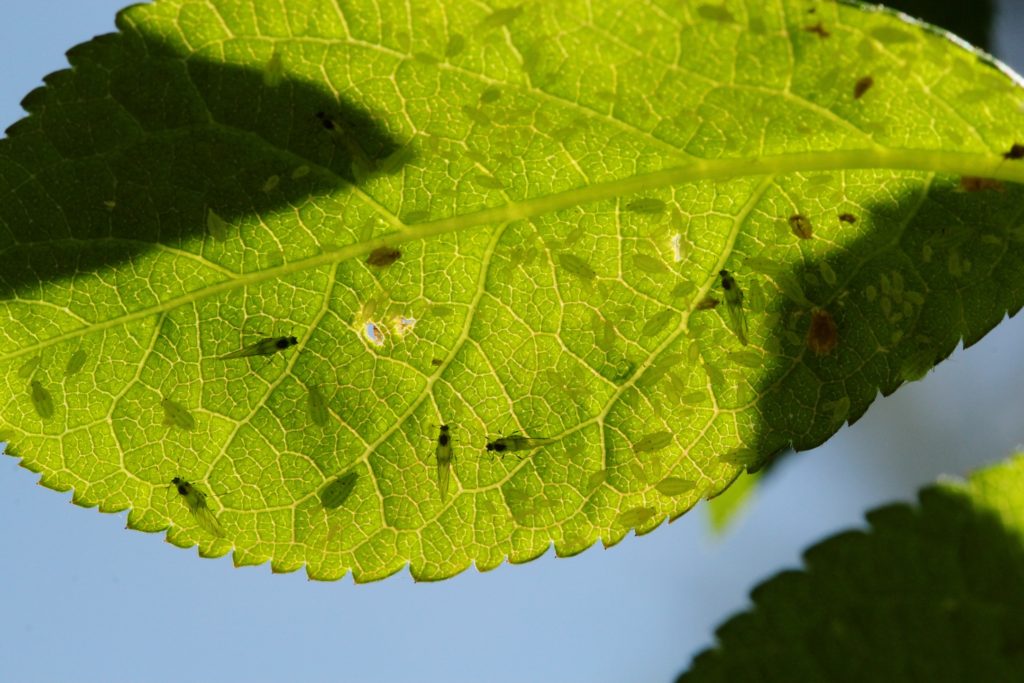
Aphids insert their mouthparts into the phloem vessels to suck out the sap. Since phloem has a lot of sugar and water compared to nitrogen and animo-acids that the aphids are seeking, they need to consume a large quantity of sap. Their digestive systems filter out the extra sugar water in the form of honeydew.
Ants and other insects are attracted to the honeydew. Ants will “farm” the aphids for the honeydew and drive predators (like ladybugs and lacewings) away. When the food source is depleted, ants will carry aphids to new plants.
Aphids utilize many strategies to reproduce quickly and create huge colonies that seem to explode overnight.
Have you ever had an aphid infestation?

